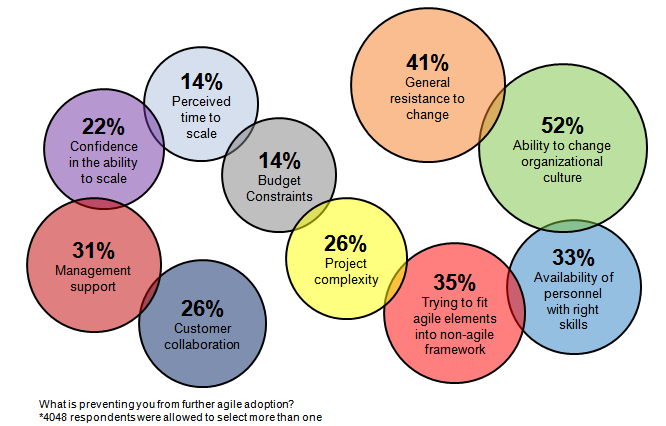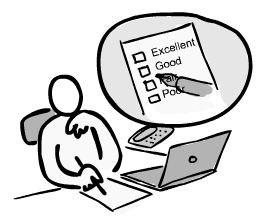A few weeks ago, I spoke at the Heart of Agile conference up in Philadelphia. The conference was a two-day conference dedicated to educate attendees on Alistair Cockburn’s new methodology, The Heart of Agile. The Heart of Agile is focused on getting back to the basics of Agile. In the last 15 years, Agile has been weighed down with frameworks and practices of many shapes and sizes. At the Heart of Agile are 4 key concepts: Collaborate, Deliver, Reflect and Improve. From this center we can branch out to all of the principals, practices, skills, and tools.
The two-day event offered:
Opening and closing keynotes by Alistair Cockburn focused on the “Heart of Agile” Speakers - presentations and discussion tracks for Collaborate, Deliver, Reflect, and Improve: Tutorials - Speakers provided presentations and facilitated conversations on hot topics and key trends on Agile principles and practices. This was an opportunity for experienced practitioners to demonstrate and share their knowledge in a specific topic, solution, or technique. Collaborative Conversation - Joint problem-solving with other experienced participants in a topic. A facilitated peer-to-peer event, where everyone had something to contribute to the topic, though may not have been an expert at the topic. The coordinator proposed a topic and a facilitation structure, the attendees worked in small groups (typically 4-8 people), and mutually exchanged and collaborated their outputs. Experience Reports – Experience reports contained first-hand information and reflection: “We saw this…,” “Our team did that…,” or “We learned the following from our experience…” Experience reports served as an exchange opportunity for practitioners to learn from others. Focus of these discussions was to share successes, failures, and lessons learned. Open Space – Ongoing facilitated discussions of topics that were suggested by the attendees.
Experience Report
I was asked to present a report on one of my recent experiences.
Instead of presenting the below embedded deck about the correct context for an Agile transformation, I drew everything on a flipchart. If you know your content, you don't need a PowerPoint deck! I wanted to make the original presentation available for others who were not in the room (and those who were).
Correct Context for an Agile Transformation
If there is one question I would ask, to know if you should view/download this presentation, it would be: Are you exactly like Spotify? If you are not Spotify or your company business goals do not align with Spotify, then this would be a good presentation to view or to talk with me about.

 I recently published a post over at the LeadingAgile website.
I recently published a post over at the LeadingAgile website. 







